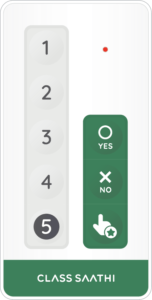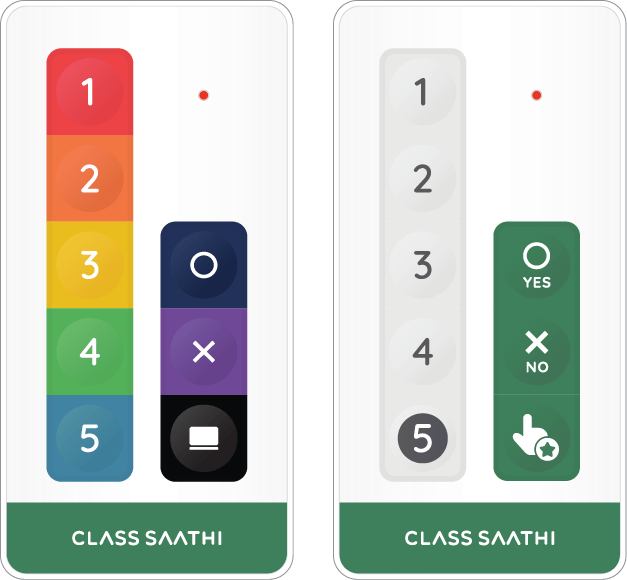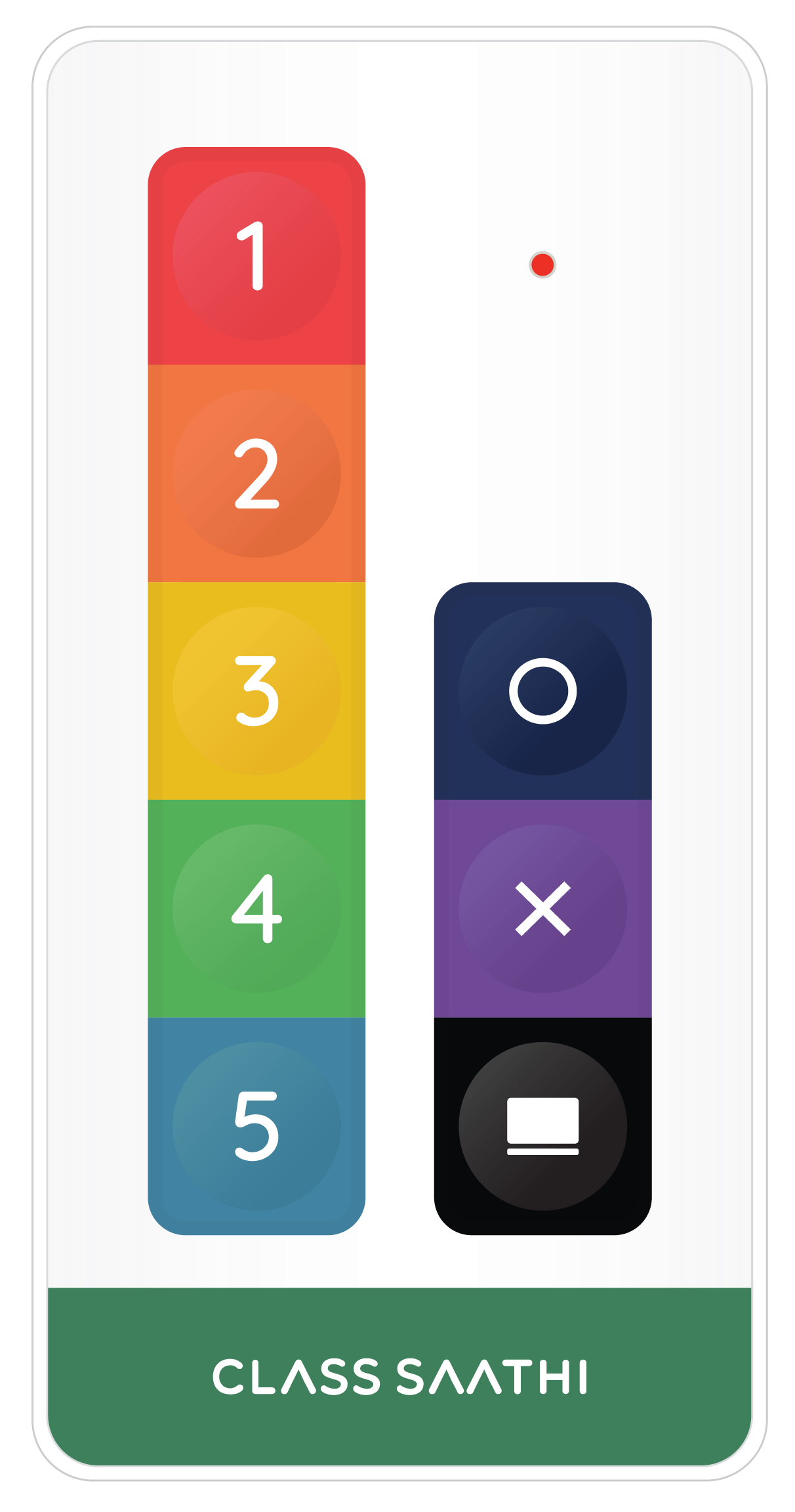In today's fast-paced educational landscape, fostering student engagement is a top priority for educators and institutions alike. One of the remarkable tools that have gained prominence in achieving this goal is the student clicker. These small handheld devices or software applications have revolutionised the way teachers interact with their students during lectures, making the learning process more interactive, dynamic, and efficient. In this article, we delve into the benefits and applications of student clickers, exploring how they enhance the classroom experience for both educators and learners.
Understanding Student Clickers
Student clickers, also known as audience response systems, are interactive technology tools that enable real-time communication between teachers and students. Typically, they consist of a question or prompt posed by the instructor, followed by multiple-choice responses from students. These responses are collected and instantly displayed, providing valuable insights into the students' understanding of the subject matter.

Benefits of Using Student Clickers
1. Enhanced Engagement:
Student clickers transform passive learning into an active experience. They encourage students to think critically, analyse options, and actively participate in discussions. The real-time feedback loop created by clickers keeps students engaged, as they see their opinions and choices matter in the learning process.
2. Immediate Assessment:
Teachers can gauge the comprehension levels of their students instantly through the clicker responses. This enables them to adjust their teaching pace, re-explain concepts if needed, and address any misconceptions promptly.
3. Anonymous Participation:
Student clickers allow students to respond anonymously. This feature can be particularly beneficial in larger classrooms, as it reduces the fear of judgement and encourages more reserved students to participate without hesitation.
4. Data-Driven Insights:
The aggregated data from clicker responses provides teachers with valuable insights into the overall class's understanding. This information can guide instructional decisions, helping educators tailor their teaching methods to the specific needs of their students.
5. Interactive Assessments:
Beyond multiple-choice questions, clickers can be used for quizzes, polls, surveys, and even open-ended questions. This versatility allows educators to create diverse and engaging assessments that cater to various learning styles.
Applications of Student Clickers
1. Lecture Engagement:
In traditional lectures, student attention can waver. Clickers reintroduce an element of interactivity, ensuring that students stay focused on the subject matter. It's an effective strategy for breaking up lengthy lectures and maintaining student involvement.
2. Peer Collaboration:
Clickers can be employed to encourage peer discussions and collaborations. Teachers can pose questions that require group debates or problem-solving activities, fostering teamwork and communication skills.
3. Formative Assessment:
By using clickers to gauge students' understanding of ongoing lessons, teachers can adjust their teaching strategies in real-time. This formative assessment helps prevent gaps in understanding from accumulating over time.
4. Test Reviews:
Prior to a major test or exam, teachers can use clickers to review key concepts. This interactive review allows students to identify areas of weakness and seek clarifications on the spot.
5. Feedback Collection:
Teachers can gather feedback on their teaching methods, course materials, and overall classroom experience through clicker surveys. This information is invaluable for continuous improvement.
Making the Most of Student Clickers
To harness the full potential of student clickers, educators should consider the following tips:
1. Strategic Questioning: Craft questions that provoke critical thinking and discussions among students. Avoid simple recall questions and focus on promoting deeper comprehension.
2. Variety in Use: Experiment with different types of questions and activities. Incorporate polls, quizzes, and collaborative problem-solving tasks to maintain engagement and prevent monotony.
3. Real-Time Response Analysis: Take advantage of the instant feedback provided by clickers. Analyse the responses quickly and adjust your teaching approach accordingly.
4. Student Training: At the beginning of the semester, allocate time to familiarise students with using the clickers. This ensures smooth operation throughout the course.
5. Inclusive Approach: While using clickers, ensure that the questions are inclusive and respectful of diverse perspectives. Create a safe space for discussions and debates.
The Future of Education with Student Clickers
As education continues to embrace technology, the role of student clickers is poised to expand. Remote learning environments can integrate virtual clicker systems, fostering engagement in online classrooms. Additionally, clicker data can be integrated with machine learning algorithms to provide even deeper insights into individual learning patterns.
Summary
In conclusion, student clickers are powerful tools that enhance student engagement, provide instant feedback, and offer valuable insights for educators. Their ability to promote active learning and participation has the potential to reshape the educational landscape. To stay at the forefront of this transformative trend, educators must adopt and adapt to these innovative tools.
Remember, education is not just about learning; it's about igniting curiosity and nurturing a lifelong love for knowledge. And student clickers are playing an instrumental role in achieving this noble goal.

